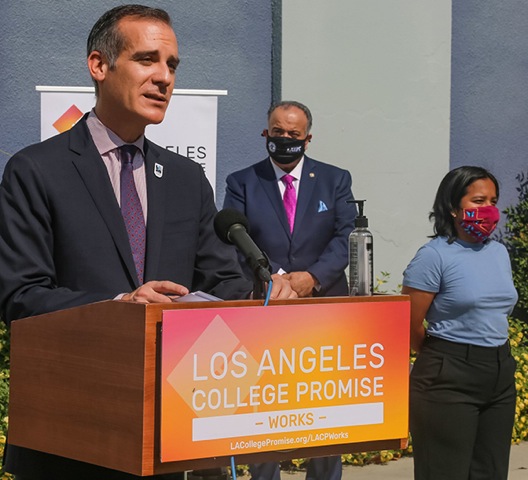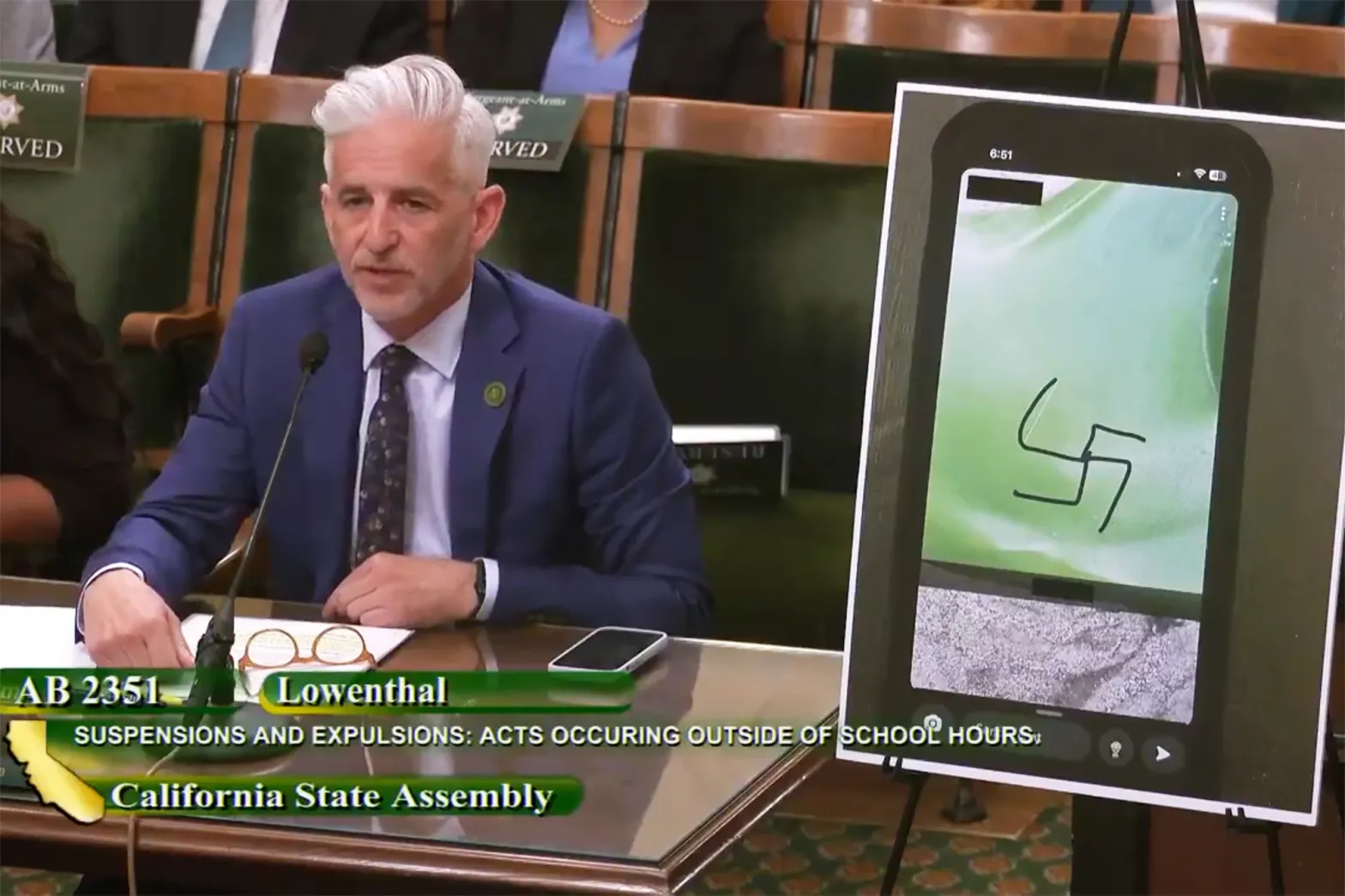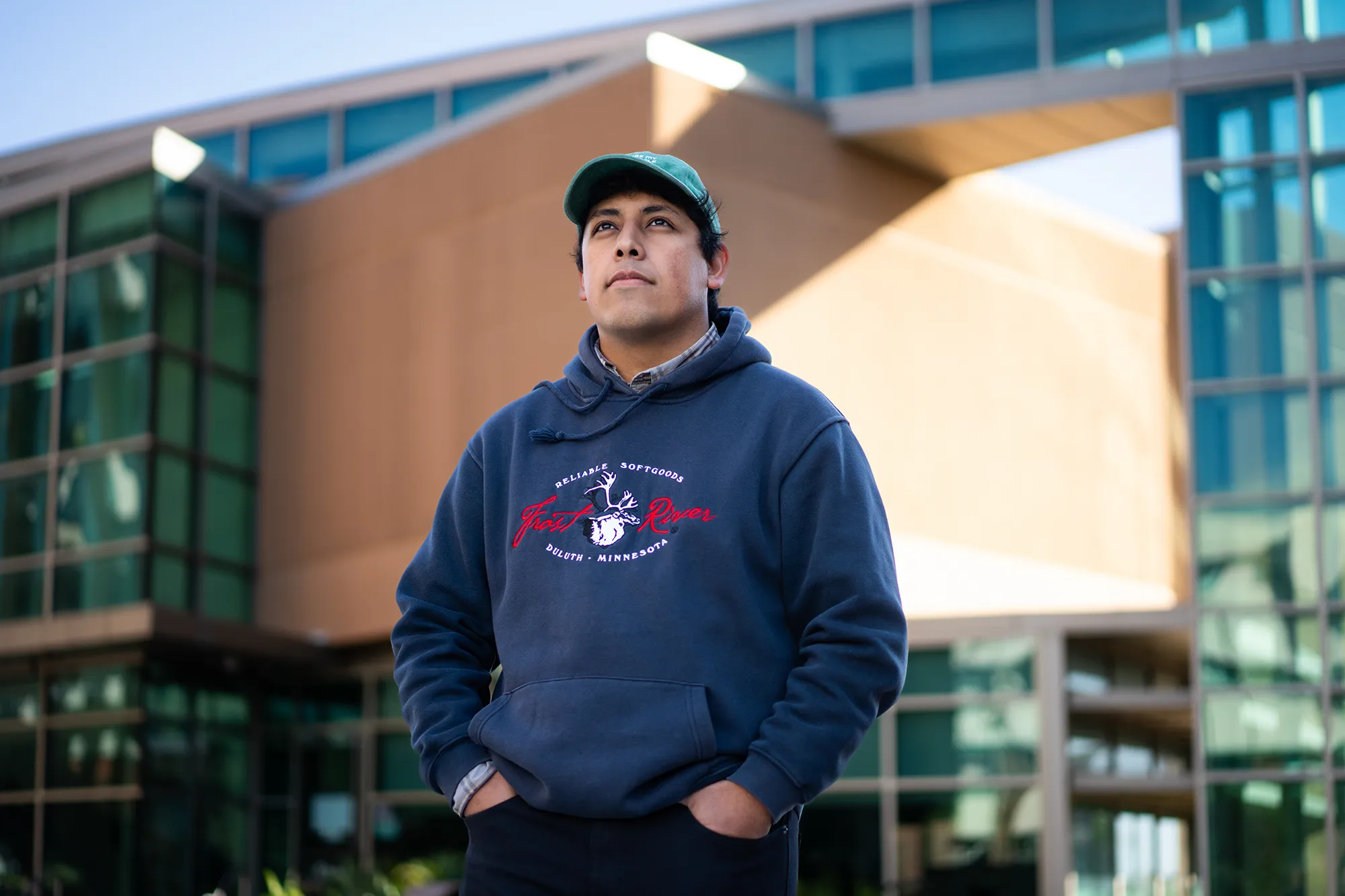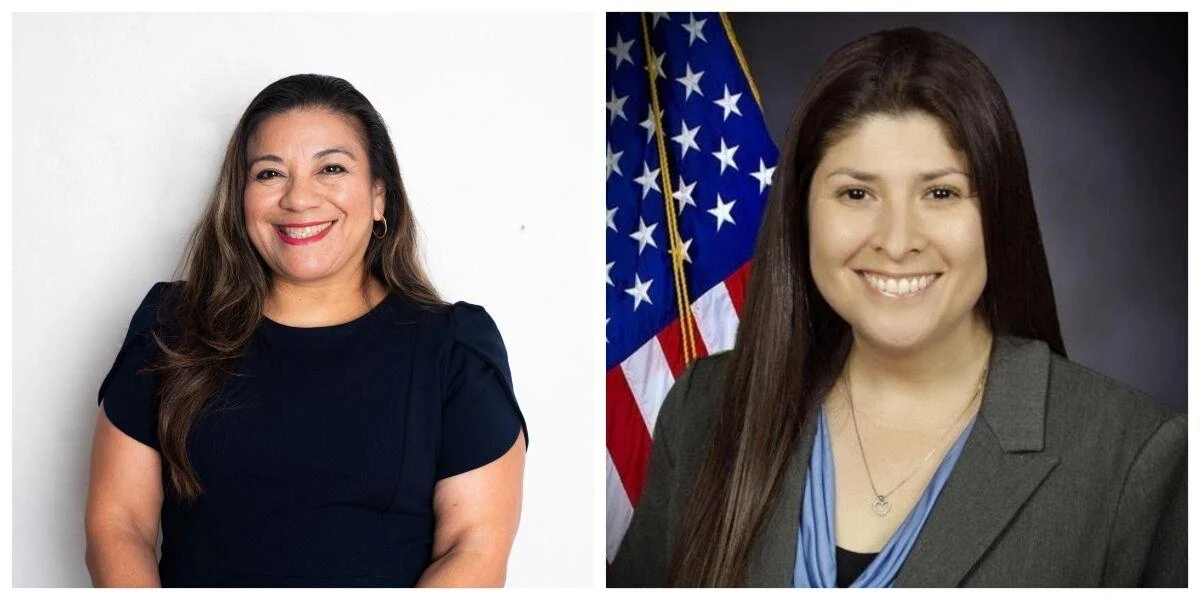By Janice Hayes Kyser
Contributing Writer
LOS ANGELES — A recent study conducted by the Los Angeles Economic Development Commission (LAEDC) examining the disparities in education and career opportunities for people of color in the Los Angeles region concludes that community colleges can and must play a vital role in closing the educational attainment and opportunity gap by partnering with local industry and creating mentorships for people of color by people of color.
“We sit on a ton of data that confirms the inequities and the question is how do we employ that data to make a difference, “said Jessica Ku Kim, vice president of economic and workforce development and leader of LAEDC’s Center for a Competitive Workforce, which conducted the study.
“One important way to close the gap is to meet people where they are by exposing them to people who look like them, sound like them and understand their story. Our outreach has to be real and representative. If people don’t see themselves, the message is not going to resonate. They need relatable role models.”
Ku Kim points to Gladeo.org, an online resource that features culturally relevant information and real and relatable stories with the goal of creating a more inclusive, equitable and prepared workforce.
The Gladeo platform uses videos, storytelling, an extensive digital library of informational interviews, as well as data-driven, personalized education and resource recommendations to facilitate the dissemination of all the kinds of knowledge Ku Kim says is crucial for successful career development.
Although the region that encompasses Los Angeles and Orange counties is home to an extremely diverse employment base, the report found that persistent inequality hinders the ability for every worker to take advantage of the region’s economic offerings. For example, according to the report, people of color are woefully underrepresented in some of the fastest growing segments of the economy such as construction, business services and health care and when they are represented, they are often paid less.
Part of the solution, the study concluded, is stronger alliances between business and community colleges to provide opportunities that will create a strong pipeline into these sectors of the economy.
Eric J. Williams, interim associate dean of health sciences at Santa Monica College, says that while he agrees with the study’s findings, it’s time to move from research to redesigning the system. Currently, Williams says despite the diversity of L.A. and the nation, 85% of the nurses in the country are white. He says diversifying the health care workforce will improve the health and wellbeing of people of color and the country as a whole.
“There is so much power in giving students the opportunity to work with people and learn from people who look like them and who are saying to them yes you can, you can stand next to me, not behind me,” Williams said.
Williams knows that power firsthand. As one of nine children of a single mother growing up in New Orleans, he has lived the challenges many people of color face.
The immediate past president of the National Black Nurses Association says he wouldn’t be where he is today without the support of mentors who look like him.
He also has mentored many Black and brown individuals along the way. One of the recipients of his knowledge and experience is Michael Simmons, a nurse Williams met through the college’s partnership with the VA Greater Los Angeles Healthcare System. Simmons says the insights, contacts and support he received from Williams helped him to expand his goals and reach higher.
“He showed me that there was no limit to my potential,” said Simmons, who is now the chief nurse at Captain James A. Lovell Federal Health Care Center, 35 miles north of his hometown of Chicago. “I am reaching back and trying to encourage others to explore the health care field and that is what we all have to do. We have to reach out early, often and engage business and academia to make sure we have health care professionals who look like the population they are serving.”
Williams says Santa Monica College’s Health Science division continues to work with a number of local entities including the VA Greater Los Angeles Healthcare System, churches and local school districts to expose more Black and brown candidates to careers in health care.
Jamecca Marshall, director of programs for the Los Angeles Urban League, applauds Williams’ efforts, saying that mentoring students of color and formulating partnerships with community organizations should be standard operating procedure.
“There are a lot of things that are happening, we are all working harder, but we need to work smarter,” Marshall said. “We can’t keep doing things one off. It has to be systemized, organized and intentional.”
One strategy Marshall would like to see community colleges employ is to set up satellite recruiting stations in Black and brown communities.
Rafael Chavez, spokesperson for the Chancellor’s Office of the Community Colleges of California, said last week the office began a targeted outreach to the state’s African-American population touting the opportunities and support available at community colleges throughout California.
According to Chavez, last June the Chancellor’s Office released a plan to actively strategize and take action against structural racism throughout the system through a six-point Call to Action that included conducting audits about the climate on campus and in the classroom.
The report urged colleges to engage and support on- and off-campus programs, organizations and individuals to help cultivate an environment of inclusion for students so they can succeed. For years, Chavez says the Chancellor’s Office has collaborated with local institutions to help raise awareness about the community colleges through community-based outreach and partnerships with community and faith-based organizations throughout the state.
While the Urban League’s Marshall commends the efforts, she says a mandate, not a recommendation is what will make a meaningful difference for Black and brown residents of Los Angeles.
“One thing is clear,” Marshall said. “If we really want to close the gap, we have to work together and we have to get creative. We can’t keep doing things the way we have been.”
For more information or to read the full LAEDC report visit the webpage at: https://competitiveworkforce.la/race-and-ethnicity/.













